Reign 1489–1517 Father Bahlol Khan Died November 21, 1517 Successor Ibrahim Lodi Coronation July 17, 1489 Religion Islam | Burial Lodi Gardens, Delhi Name Sikandar Lodi Parents Bahlul Lodi Children Ibrahim Lodi Issue Ibrahim Lodi | |
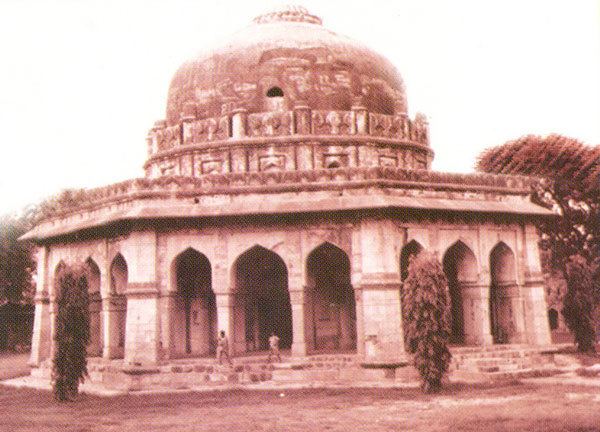 | ||
Sikandar lodi
Sikandar Lodi (died 21 November 1517), born Nizam Khan, was the Sultan of Delhi between 1489 to 1517. He became the next ruler of the Lodi dynasty after the death of his father Bahlul Lodi in July 1489. The second and most successful ruler of the Lodi dynasty of the Delhi sultanate, he was also a poet of the Persian language and prepared a diwan of 9000 verses.
Contents
Of the three Lodi Sultans namely Bahlol Lodi (1451 to 1489), Sikandar Lodi (1489 to 1517) and Ibrahim Lodi (1517 to 1526), Sikandar Lodi is regarded as the ablest, the greatest and the most successful Sultan. As compared with these two Sultans, Sikandar Lodi gave ample evidence of his qualities as a general, as an administrator, a consolidator of the empire and a man of letters.
Sikandar Lodi
Biography
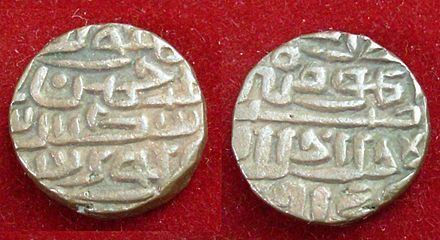
Sikandar was the second son of Sultan Bahlul Khan Lodi and Bibi Ambha, the daughter of a Hindu goldsmith of Sirhind. He was of Afghan origin through his father.
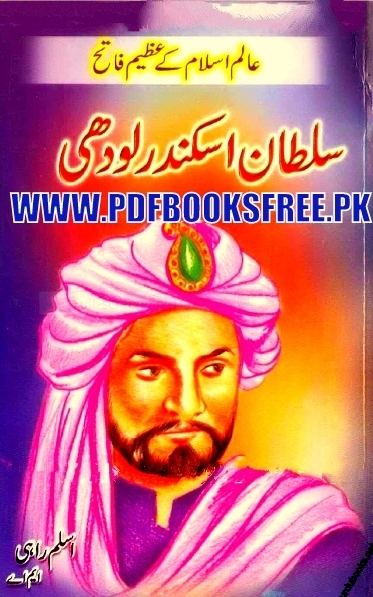
He became Sultan upon the death of his father on 17 July 1489 under the full name Abu Al-Muzzafar Ghazi Sultan Sikandar Lodi. His rise to power was troubled, as his older brother, Barbak Shah, the viceroy of Jaunpur, also laid claim to the throne, even though their father had nominated Sikandar. However, he was able to ascend to the throne without massive bloodshed, and even allowed his brother to continue ruling Jaunpur. He also settled differences with an uncle, Alam Khan, who was also suspected of seeking to seize power.
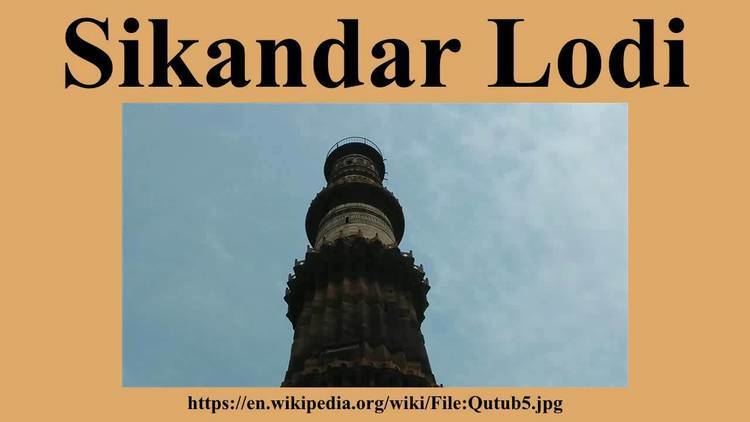
Sikandar was a capable ruler who encouraged trade across his territory, but discriminated against Hindu subjects. He expanded Lodi territory into the regions of Gwalior and Bihar. He made a treaty with Alauddin Hussain Shah and his kingdom of Bengal. In 1503, he commissioned the building of the present-day city of Agra. Agra was founded by him.
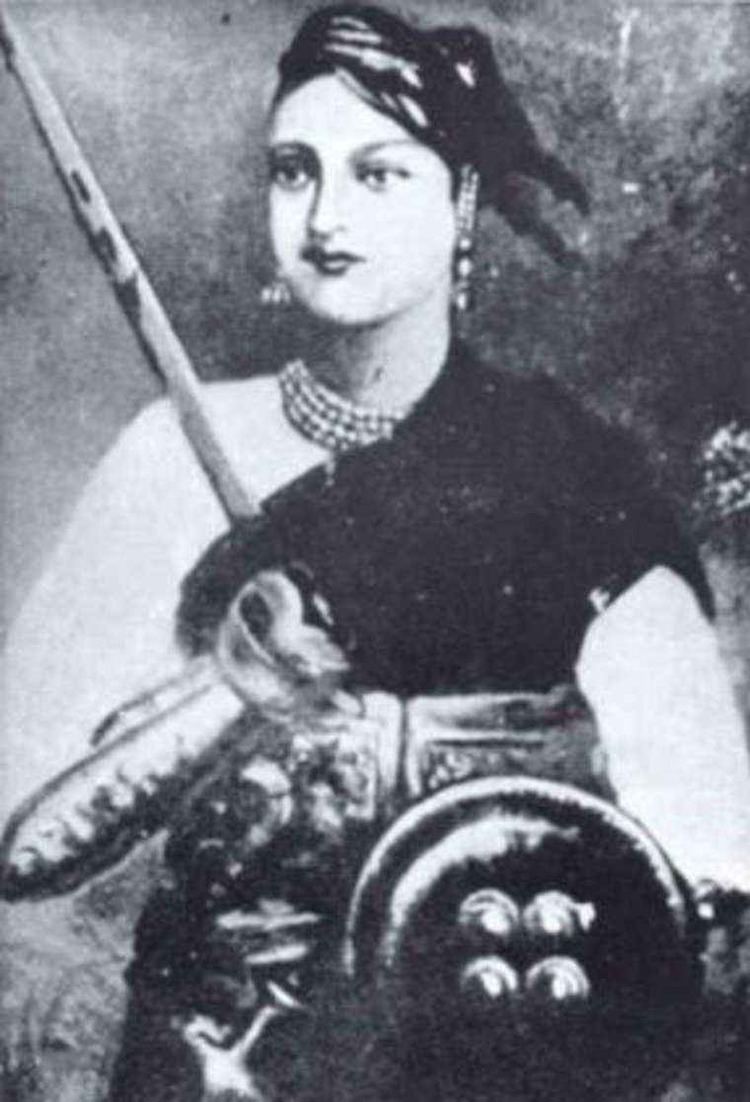
He has a reputation for religious intolerance, and is said to have burned Bodhan, a Hindu sadhu alive for saying that Islam and Hinduism were equally acceptable to God.
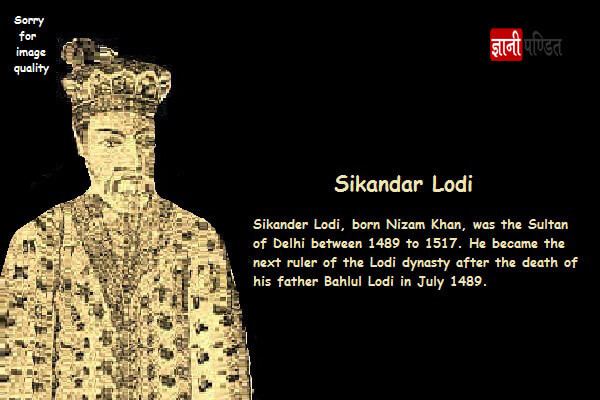
He wrote poetry in Persian using the pen name Gulrukhi. He introduced auditing in accounts. He took good care of justice and agriculture for the welfare of people.he introduced a system of Gaz-i-sikandari,means 32 digit of measuring system of cultivated lands.
Among the administrative changes made by Sikandar Lodi was the installation of Persian language as the official language for the accountancy in India. 1514.
Sikandar Lodi was a great conqueror and a very good administrator. He revived the glory of Delhi Sultanates by expanding the boundaries of his empire. He took effective administrative steps for effective management. He also did a lot for the welfare of the poor people.
Conquests
First of all Sikandar Lodi defeated his elder brother and seized Jaunpur and brought it under his direct control. He afterwards led his attack on Bihar, defeated its ruler and annexed it. He conquered the states of Dholpur, Bidar, Gwalior, Chanderi and other nearby kingdoms. He entered into a friendship treaty with the ruler of Bengal. Sikandar’s empire extended from the Punjab to the borders of Bengal and included the territories between Sutlej and Bundelkhand.
Occasional tours in disguise
Very often the Sultan toured in disguise to have the first hand information about the condition of the people and the activities of the Amirs and the Ulemas.
He died in 1517 and has an elaborate burial tomb that resides in Lodi Gardens, Delhi.
